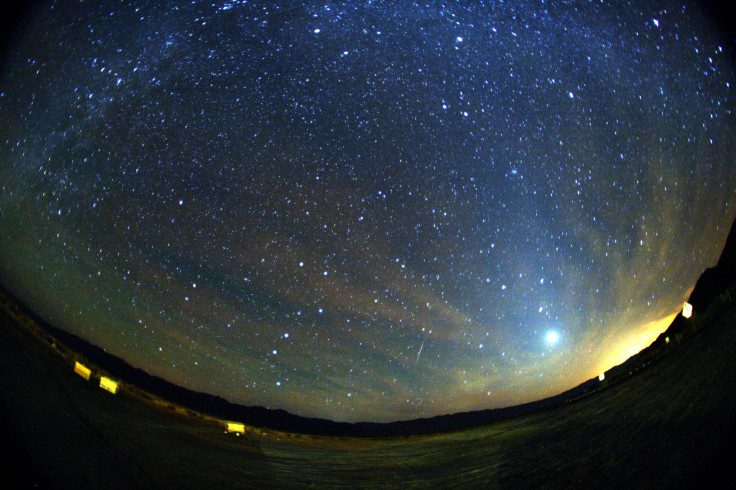October 2021 Sky Events To Look Forward To
KEY POINTS
- The Draconid and Orionid meteor showers are set to peak in October
- October's full moon will be the Hunter's Moon
- The month provides excellent morning apparitions of the planet Mercury
Skywatchers are in for a treat this October, as it brings quite a few spectacles. From meteor showers to reasons to come out and enjoy the sight of the moon, the month is rife with sky events everyone can enjoy.
Draconid Meteor Shower
The short-lived Draconid meteor shower kicks off the exciting skywatching activities for October as it puts on a show at nightfall and the early evening of Oct. 8. Skywatchers may also try to keep an eye on the Draconids on the evenings before and after that date, with the best views being from the Northern Hemisphere.
Although the Draconids typically only produce "a handful" of meteors per hour, the evening may provide excellent views of the sky because the light of the waxing crescent moon likely won't hinder the views. Furthermore, there have been "rare" instances when the Draconids produced hundreds or even thousands of meteors per hour. Such was the case for European skywatchers in 2011 when they witnessed more than 600 meteors per hour, EarthSky noted.
Watching the Moon
People have a reason to come out and watch the moon on Oct. 16 as it marks the International Observe the Moon Night. Coming just days before the full moon on Oct. 20, when the moon will reach peak illumination at 10:57 a.m. ET, the event is perfect for moongazing, whether people attend an event near them or just watch the moon from their own backyard.
As for the October full moon, which the Old Farmer's Almanac noted may appear "larger and more orange" around sunset, it will be known as the Hunter's Moon. This is because the Hunter's Moon is typically the first one that follows the Harvest Moon, which can occur in September or October. As this year's Harvest Moon happened in September, the October full moon then takes the name Hunter's Moon.
Orionid Meteor Shower
With people already out for the full moon, they can also enjoy yet another meteor shower as this year's Orionid meteor shower, which is currently active, is set to peak on the evening of Oct. 20 to 21.
Considered a "medium-strength" meteor shower, the Orionids typically produce some 10 to 20 showers per hour at the maximum. However, there have been instances when the peak rates run similar to that of the beloved Perseid meteor showers, which produce 50 to 75 meteors per hour.
Mercury in the Early Morning Sky
October is also a good time for skywatchers to catch a glimpse of the planet Mercury before sunrise as it reaches its next greatest elongation on Oct. 25.
"No matter where you are on Earth, look east before sunrise to bag this elusive planet in mid-to-late October, and into November 2021," the outlet noted.
According to the outlet, the morning Mercury sightings in late October to early November will even be the "best Mercury apparition" for the Northern Hemisphere in 2021.

© Copyright IBTimes 2024. All rights reserved.






















